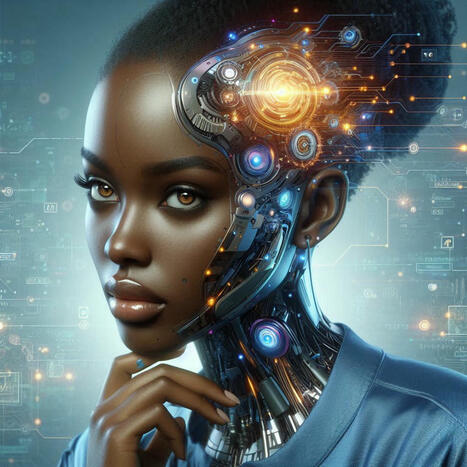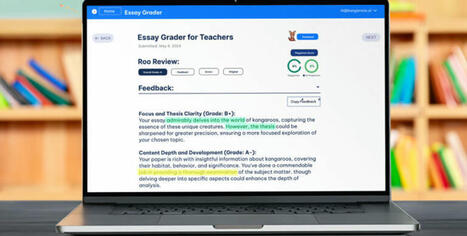Have you ever wondered how your brain creates thoughts or why something randomly popped into your head? It may seem like magic – but actually the brain is like a supercomputer inside your head that helps you think, learn and make decisions.
Imagine your brain as a busy city with lots of streets and buildings. Each part of the brain has a specific job to do, just like certain areas of a city or certain buildings serve different purposes. When you have a thought, it’s like a message traveling through the city, passing from one area to another.
No comment yet.
Sign up to comment





 Your new post is loading...
Your new post is loading...









![[PDF] Mi realidad conectata: Sí, tambien soy digital | Edumorfosis.it | Scoop.it](https://img.scoop.it/2wNGXimPd3pQ3Ueg3kKPbTl72eJkfbmt4t8yenImKBVvK0kTmF0xjctABnaLJIm9)
![[opinion] Learn to work or work to learn—let students choose | Edumorfosis.it | Scoop.it](https://img.scoop.it/TwOSr6eJRmq_KDauQTxfIjl72eJkfbmt4t8yenImKBVvK0kTmF0xjctABnaLJIm9)







![[eBook] AI-enhanced Instructional Design | Edumorfosis.it | Scoop.it](https://img.scoop.it/IdGmeLg4lje9uC5-jVpm8Dl72eJkfbmt4t8yenImKBVvK0kTmF0xjctABnaLJIm9)












